Screws and fastening system
02/03/2020
It is probably not the kind of topic that you deal with your friends when you talk about 4x4, but the truth is that it is an important issue, and it does not hurt to deepen it to know how to choose the right elements when creating a union in your 4x4 , since it will depend on the support and firmness of the accessories that we install in our all-terrain.
In the previous article we saw the magnitude of the tensions that are generated in an all terrain when we make a moderately demanding use of it. Today, we are going to see the elements we have to create bolted joints at the height of these tensions.
As we all know, to create a bolted joint we need screws, washers and nuts. But there are different types of each of these elements, designed to provide extra qualities depending on the needs of each union.
Let's start with the screws
There are many varieties of screws for joints on all types of materials. We are going to focus on the most used for metal-metal joints and specifically, the most suitable for installing metal body accessories on vehicles, such as stirrups, bumpers, structures or other metal supports.
The main differences between the screws that we can find for this purpose are the material, the finish, and the type of head and thread.
Materials
Although there are materials such as aluminum, duralumin, brass or plastic, we will focus on the ones that most interest us, steel and titanium.
Steel
They are used in countless applications in the industry, due to their high mechanical strength and durability. They allow to maintain very high preloads (tightening torque) and can undergo treatments to vary their qualities.
Stainless steel
Higher hardness than carbon steel and high resistance to corrosion in humid and adverse environments. They resist a large number of chemical agents. They are especially suitable for general use in SUVs. This should be the material of the screws commonly used in our SUVs.
Titanium
They are very common in aeronautics because of their low weight (40% less than steel) and their enormous resistance to corrosion. In the industry they are also highly valued for their high mechanical resistance, especially to chemical agents. They resist virtually all acids.
Finishes
Inside the steel screws we can find different finishes to add extra properties.
Galvanized
They undergo a galvanizing process by applying a surface layer of zinc to increase their corrosion resistance. Its anticorrosive quality is optimal. In very humid environments the oxidation of zinc generates a zinc carbonate powder that provides extra corrosion protection. They are also often called galvanized screws and although they are produced under different processes, they both achieve the same result. 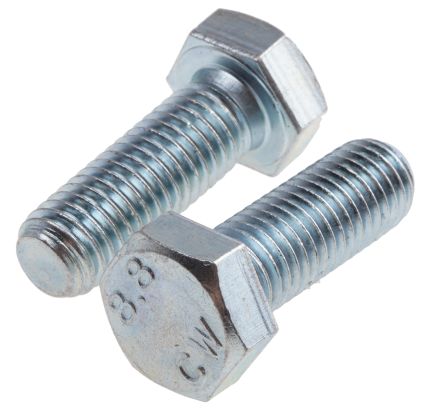
Cadminized
They have a surface coating of cadmium that resists satisfactorily in very humid environments. They do not generate waste derived from their oxidation, so they are suitable for precision joints with high preloads. 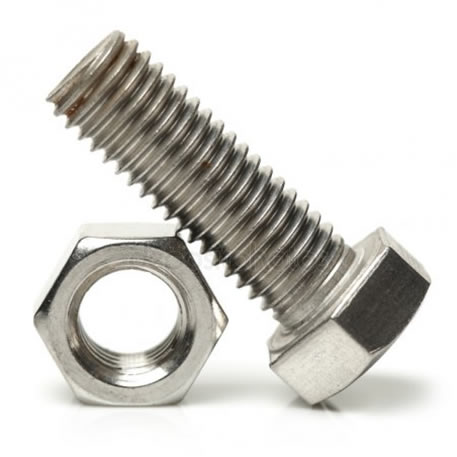
Zinc Nickel
This process provides extreme corrosion protection and high resistance to toughness, even at high temperatures. They are widely used in automotive and shipbuilding industry. 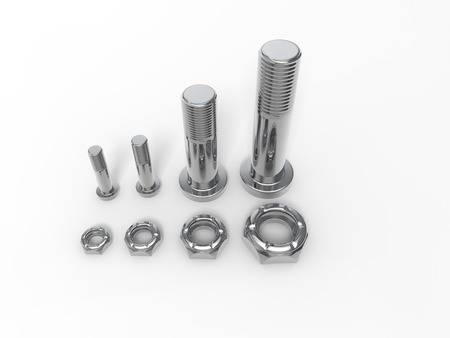
Phosphated
Phosphating consists of applying a phosphoric acid coating by means of immersion or spray processes that react with the base material to achieve an anticorrosive protection. They usually have a black or grayish color, and their application is usually intended to use indoors. It is not the most appropriate treatment for humid or aggressive environments. 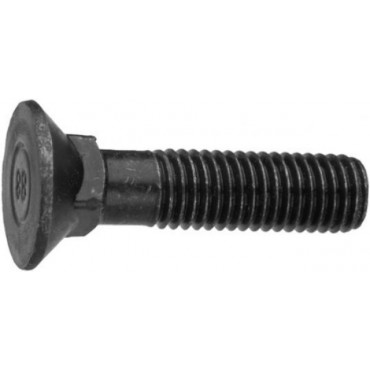
Blued
This finish is achieved by immersing the material in a dark dye solution, which provides a dark black aesthetic finish. They also have a certain anticorrosive property, although they are not suitable for humid or aggressive environments. They are usually used to provide aesthetics and for indoor use. 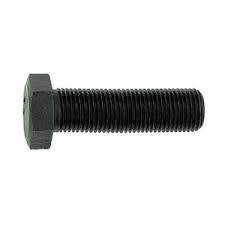
Head types
There are innumerable types of screw heads depending on the needs of your application. In automotive, hexagonal, torx and allen heads are usually used.
Generally, the most advisable for our SUVs are the hexagonal heads, since they are the most extended, they allow to apply high preloads, and it is always more likely to have the right key in improvised situations. Although for the attachment of external accessories, the variety of “inviolable” torx screws can be useful to prevent the subtraction of those accessories.
Threads
The most widespread types of threads are those corresponding to ISO and Whitworth standards.
Whitworth
Whitworth (English) thread is characterized by the shape of the thread and the way of measuring the pitch. It is the oldest type of thread known, and it is generally used in England. To determine the thread pitch, the number of threads per inch is mentioned.
ISO
It is the most widespread type of thread in Europe. There are different types of steps for this regulation, and the most used are the standard and fine step. The latter are more resistant to traction and torsion given the greater number of threads. They are also very useful for adjustments that require greater accuracy.
Regarding the screws, it is worth mentioning that there are different qualities, although this is a very extensive topic that we will leave for another article, since an entire article would be necessary to explain it well.
Washers
As in the other components, there are many types of washers to provide quality fixation. As a comment, washers are not usually given much importance, but the truth is that a good hold that lasts over time without loosening can be achieved simply by using the appropriate washers.
Among the most widespread types of washers we find the following types:
Flat washers
It is the most widespread type of washers. They are used to distribute the preload applied to the screw on a larger surface and protect the support surface and its finish from the friction generated by tightening the screw. 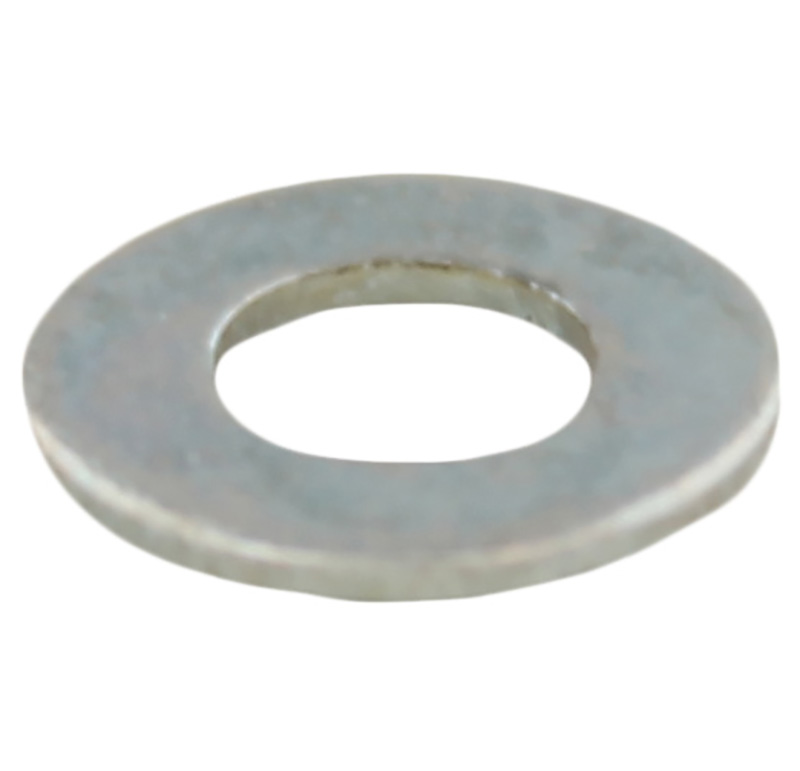
Serrated washers
This type of washers contain a greater amount of carbon, which means they provide an extra hardness and have a serrated surface, oriented in the opposite direction to unscrewing and prevent the screw from loosening. They are used in joints of soft materials such as carbon steel to ensure that the material of the washer can penetrate the base material and thus ensure its functionality. 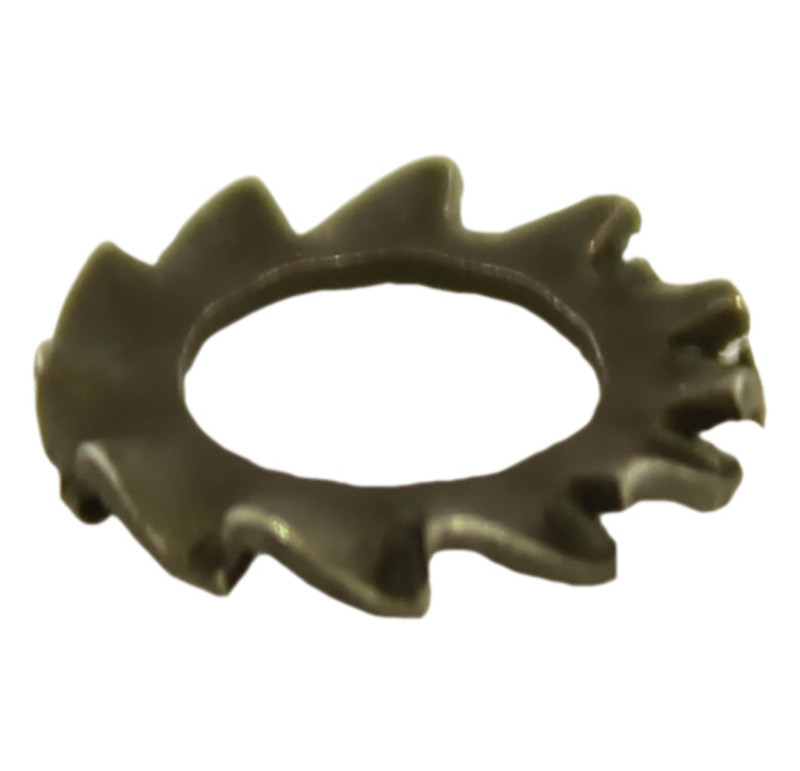
Grower washers
They are safety washers. They prevent the loosening by vibration of the union by applying pressure to both sides of it. They are composed of an elastic material similar to that of the manufacture of springs and are spiral-shaped in a single turn, although they also exist in double turns. This type of washers are very effective against loosening of joints by vibration. 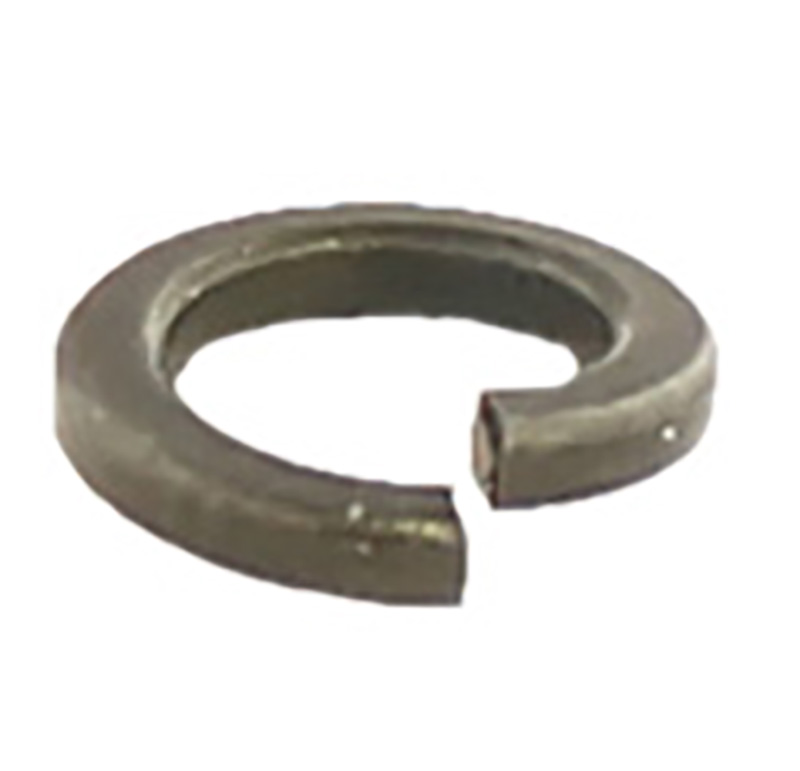
Sealing washers
This type of washers is used to create a tight joint, as the name implies. They are very suitable for installations on the body of vehicles, such as unsupported bulbs, roof racks, visors and any accessory that is fixed directly to the body, especially on the roof. 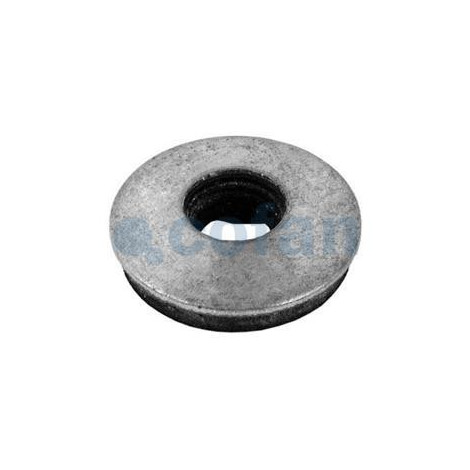
Nuts
Another with which we commonly play to achieve a reliable and durable fastening are the nuts.
The best known for metal-metal joints are hexagonal nuts. Within this type of nuts we find several types: 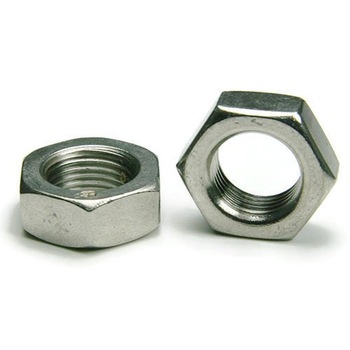
Hexagonal Blind Nuts
They are used in joints where the bolt must not pass through the nut. This way, the nut is closed in its head and prevents dirt from entering the inside of the thread. For these types of nuts, the screw must have a length which is appropriate to the depth of the neck of the nut. 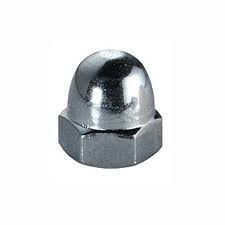
Nuts with embedded washer
This type of nuts incorporates a washer embedded in the body of the nut with grooves in its lower part that prevent the involuntary loosening of the union. 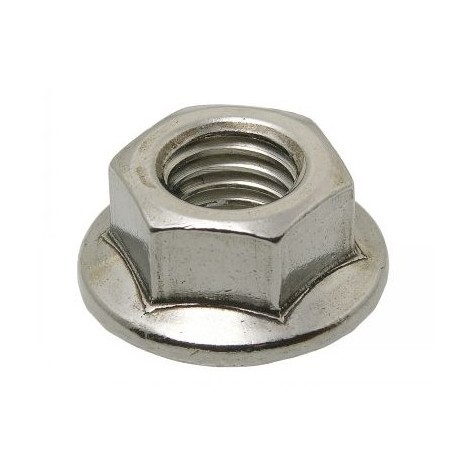
Self-locking nuts
This type of nut is widely used due to its effectiveness in screw locking. They incorporate a nylon ring at one end of the neck that adjusts to the pressure screw preventing it from being loosened by vibration. 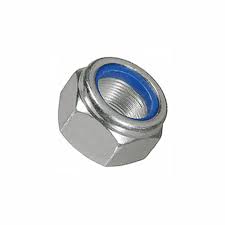
Crenellated nuts
Also called "castle nuts" by the shape of the nut itself. The outer face of these nuts is composed of a series of radial and rectangular notches to insert pins blocking the position of the nut with respect to the screw. They are very common in axles, ball joints and transmissions. 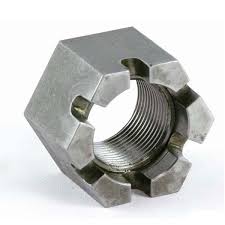
Rivet nuts
For joints where we cannot access both sides of the joint to insert the types of nuts previously seen, we have the rivet nuts. These types of nuts are not suitable for fasteners that must withstand high stresses because they are fixed under pressure, so, if necessary, we will avoid them as much as possible. In the case of not being able to avoid them, the suitable thing is to expand the number of fixing points so that, together they suppose a reliable subjection. These types of nuts are installed using special riveters and are a good solution for removable installations. 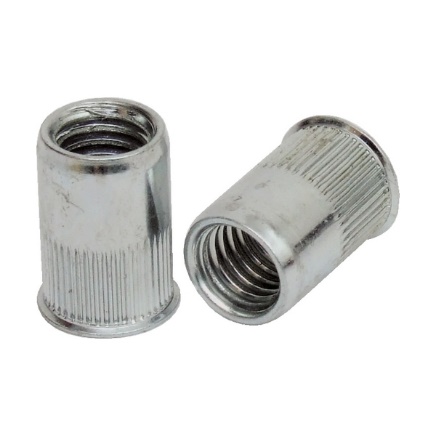
As you can see, the majority of variations presented by nuts and washers are aimed at preventing the union from involuntarily loosening. Generally, the main cause of involuntary loosening is the vibrations or movement that the surface on which we are screwing can have.
With all these data, we could conclude that for metal-metal joints in our vehicles, except in special cases, a good combination would be to use stainless steel screws (of an adequate quality), with self-locking nuts and flat washers. Though, each union has its own needs, and we must therefore ensure that the combination of elements is appropriate.
For added safety, we can add a grower washer between the flat washer and the screw. This way, we will not damage the paint and add an extra contribution of security. In the case of using grower washers, it is not necessary to use two washers per joint. A single washer grower for each joint is enough.
We hope you have found all this information useful. In future articles we will delve a little deeper into the qualities of the screws and how to decipher their characteristics through their symbology.

